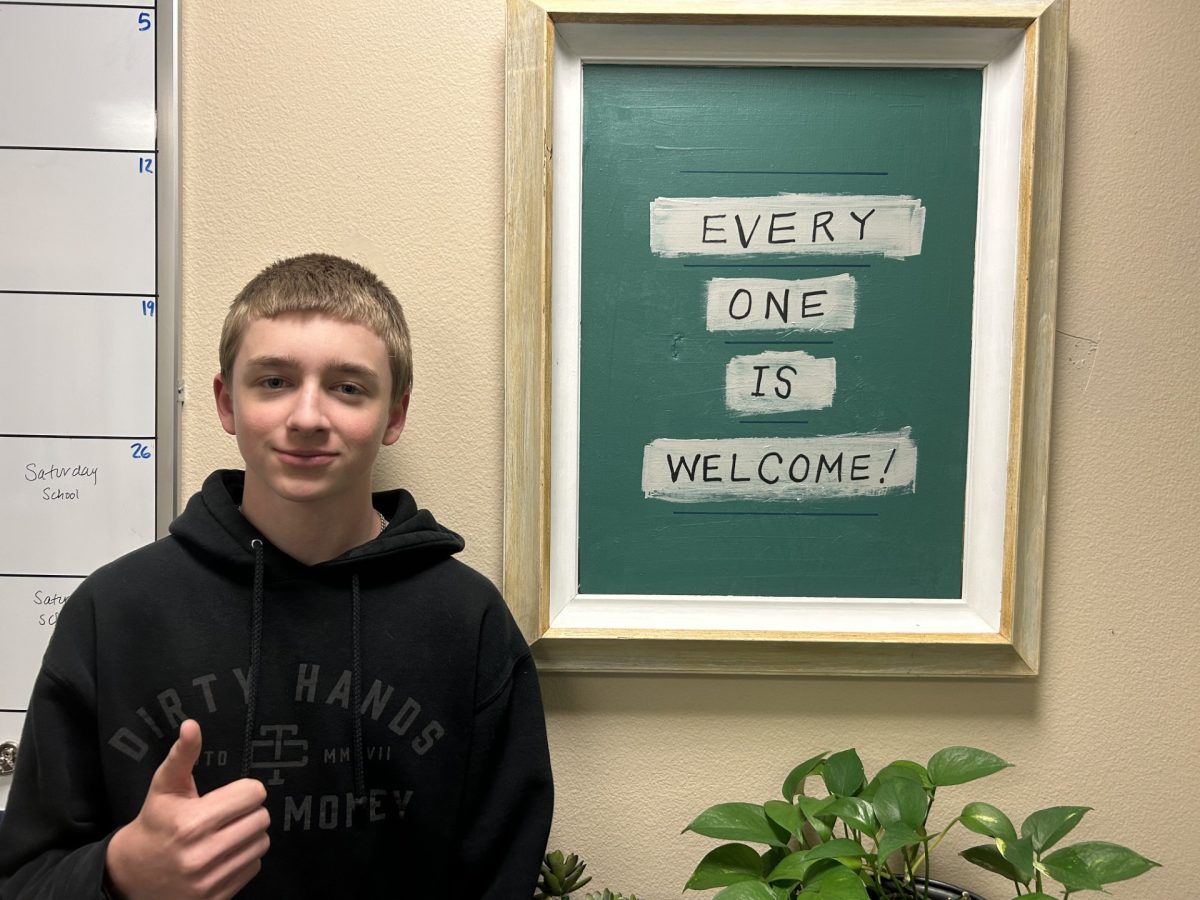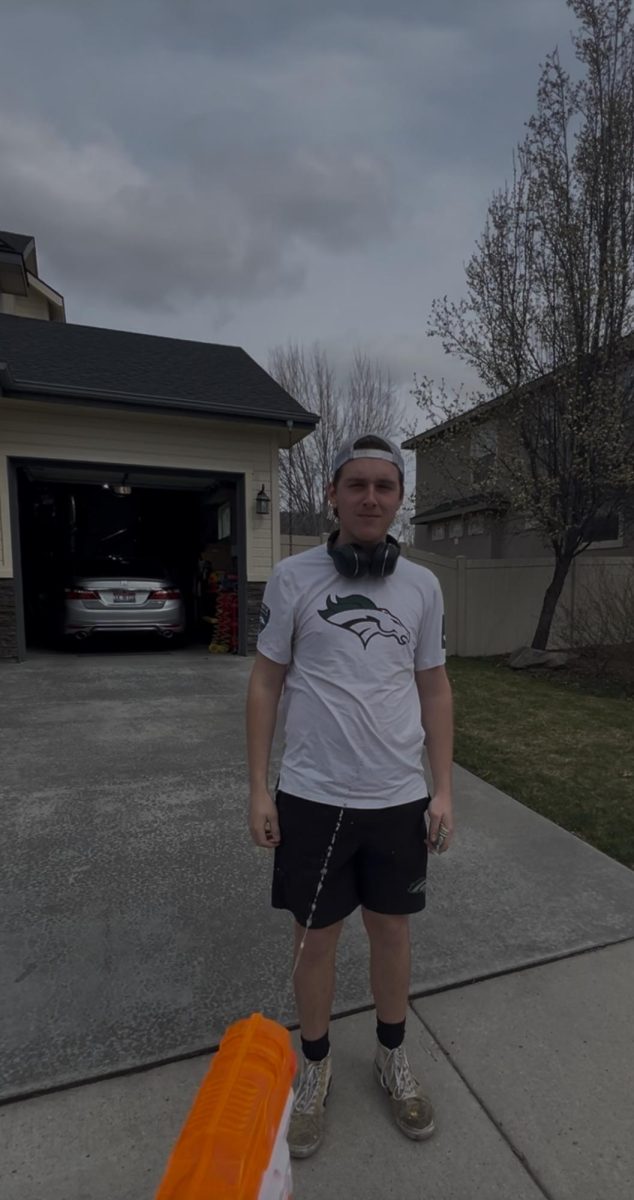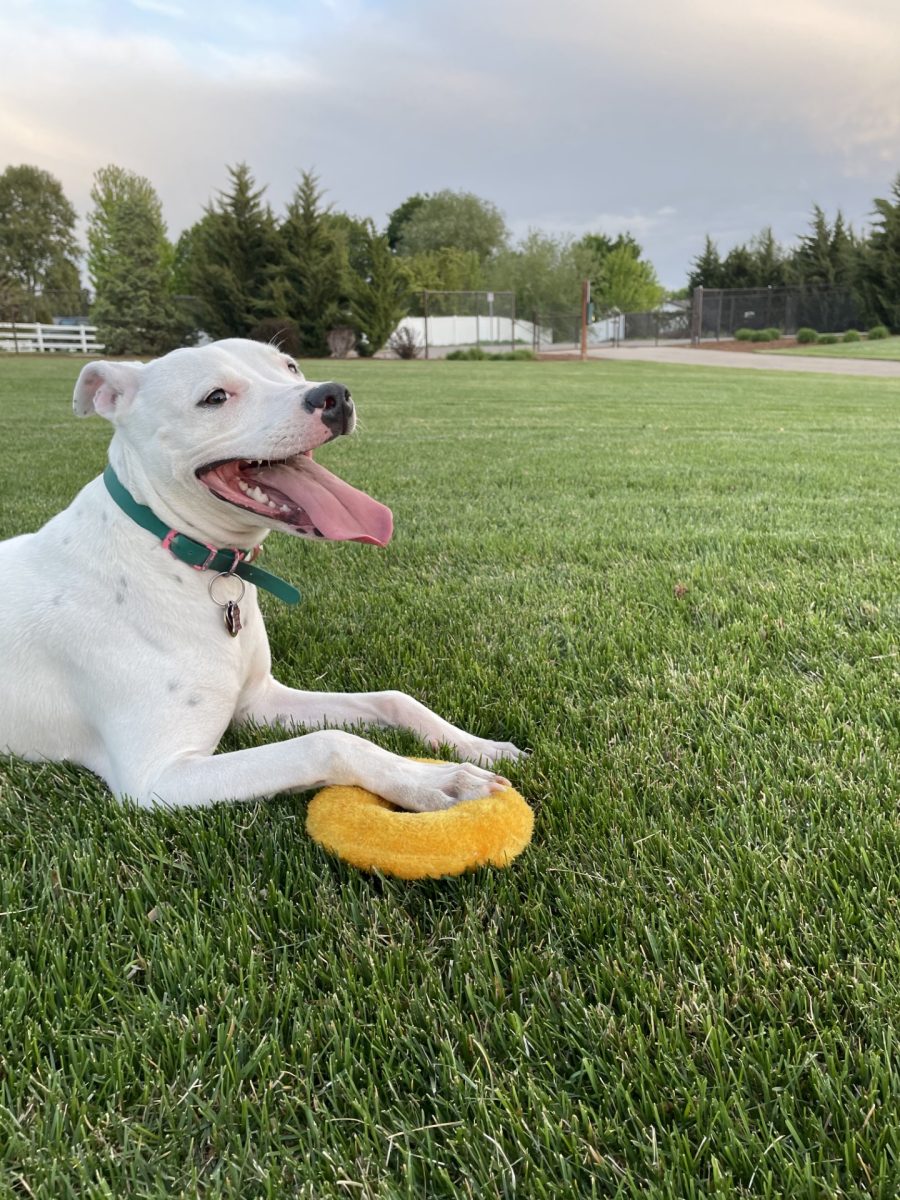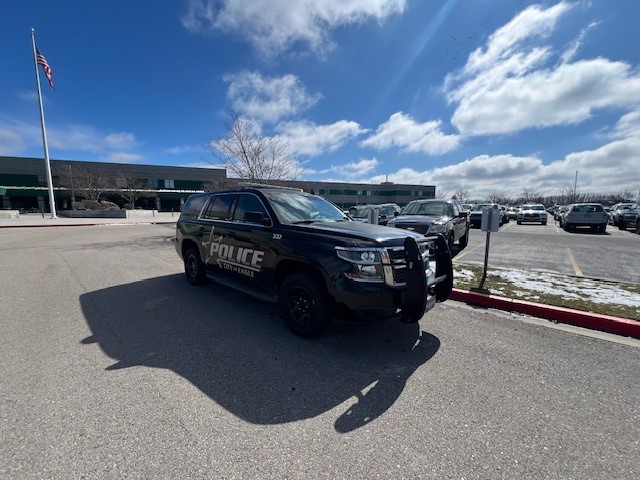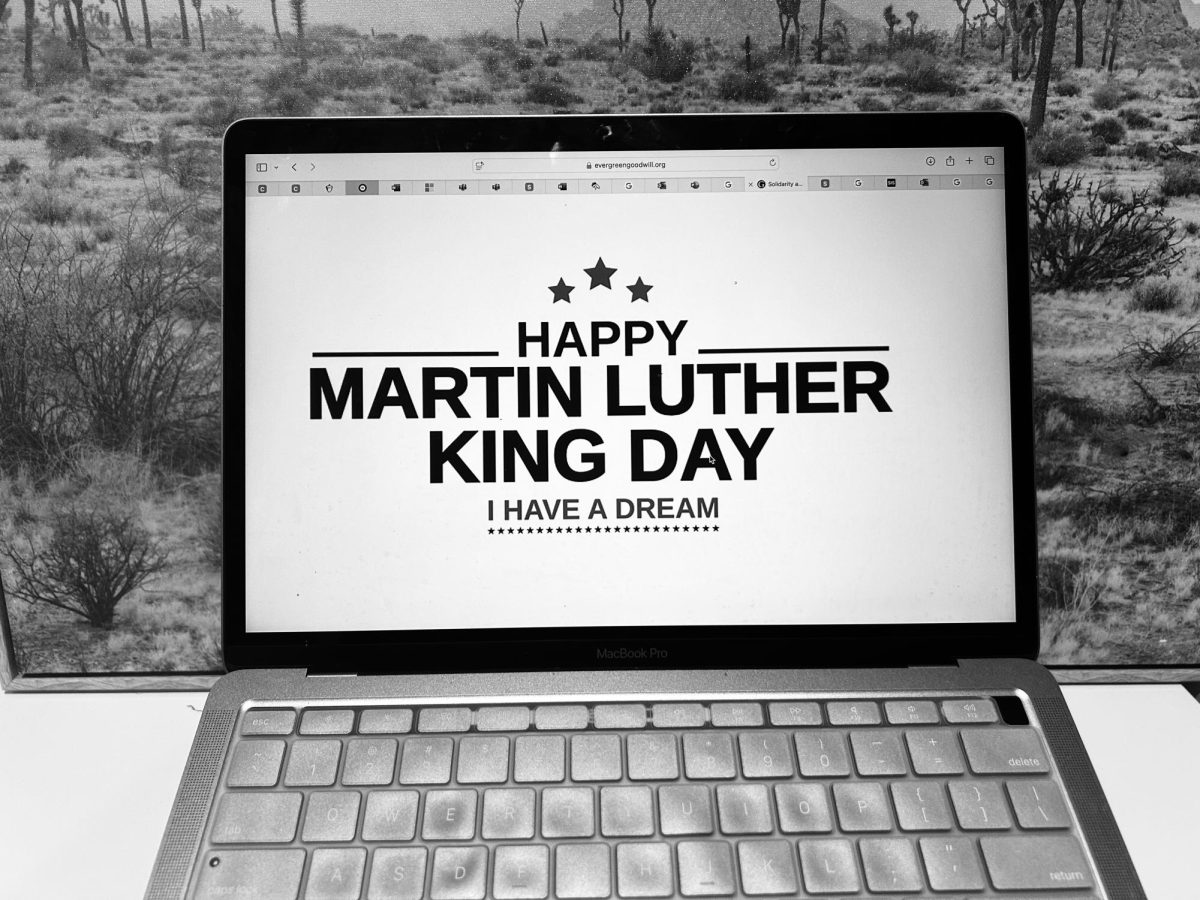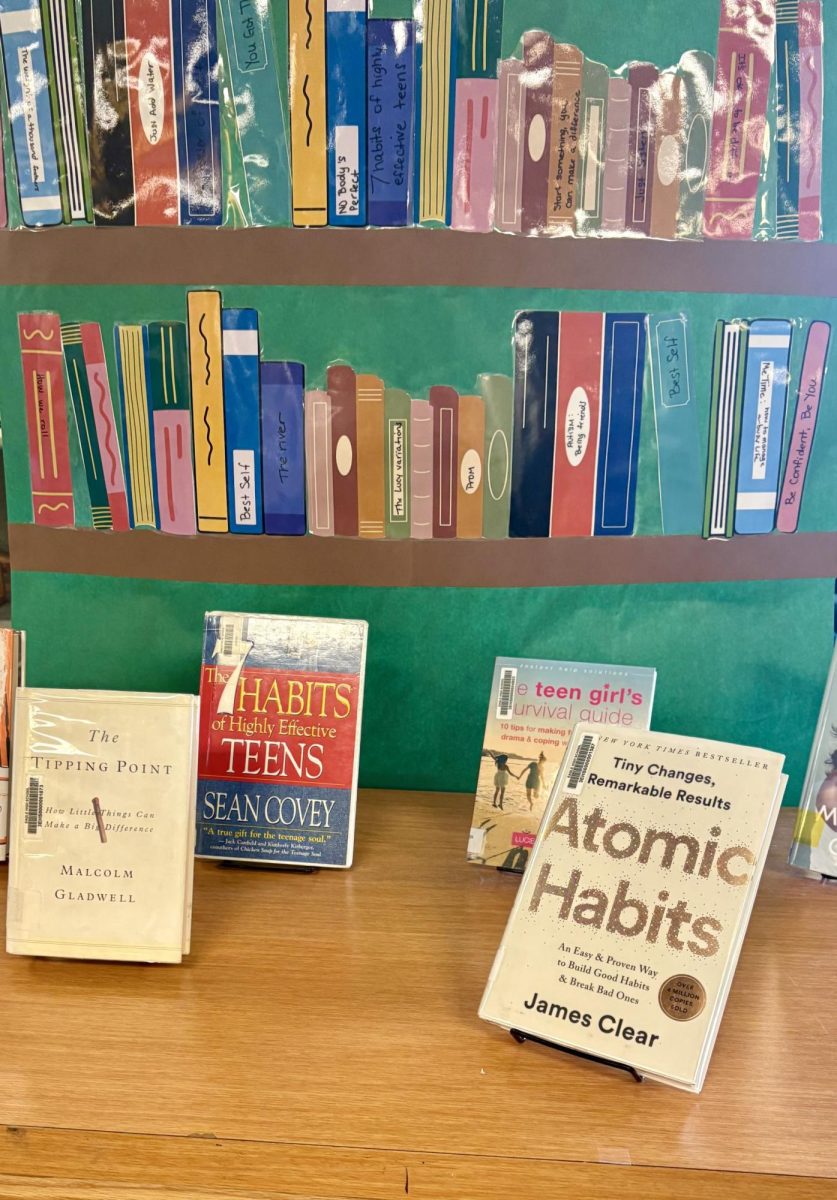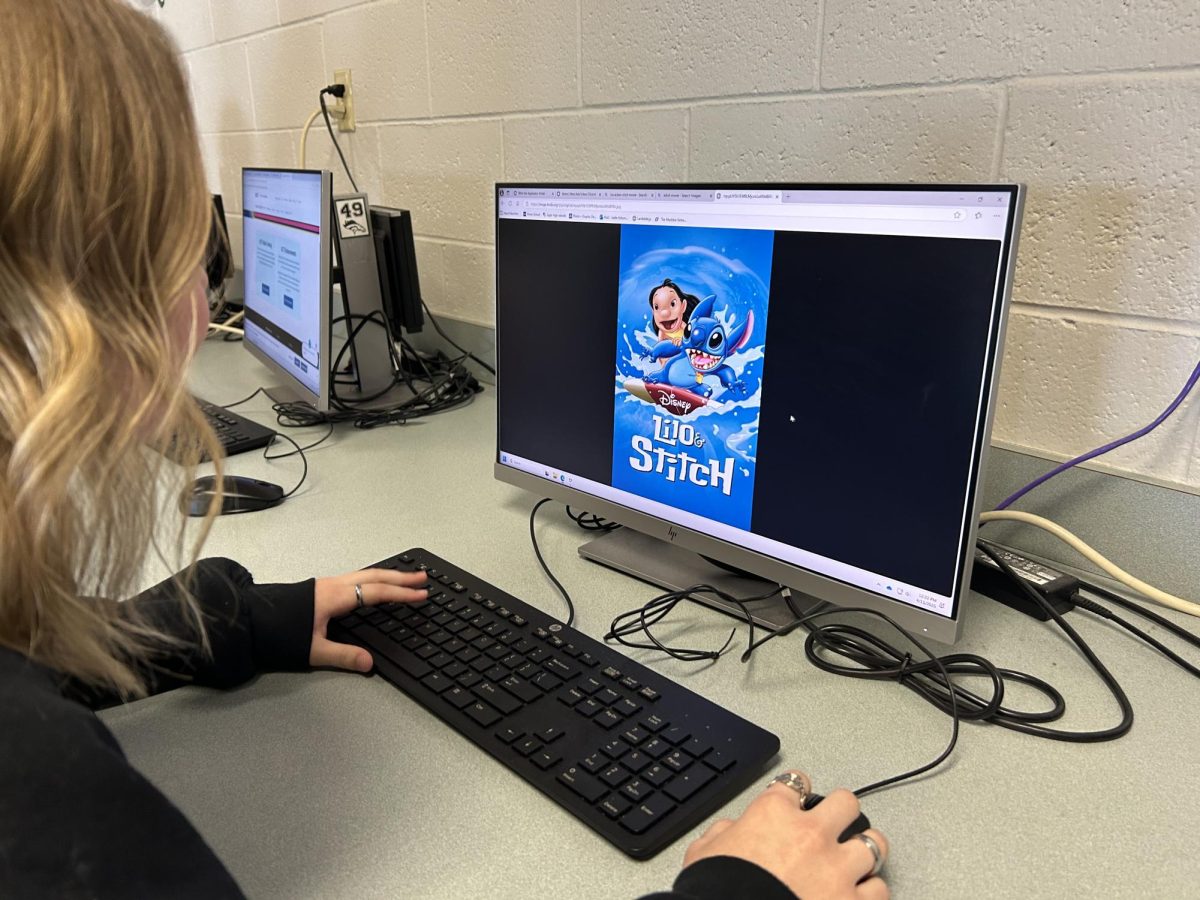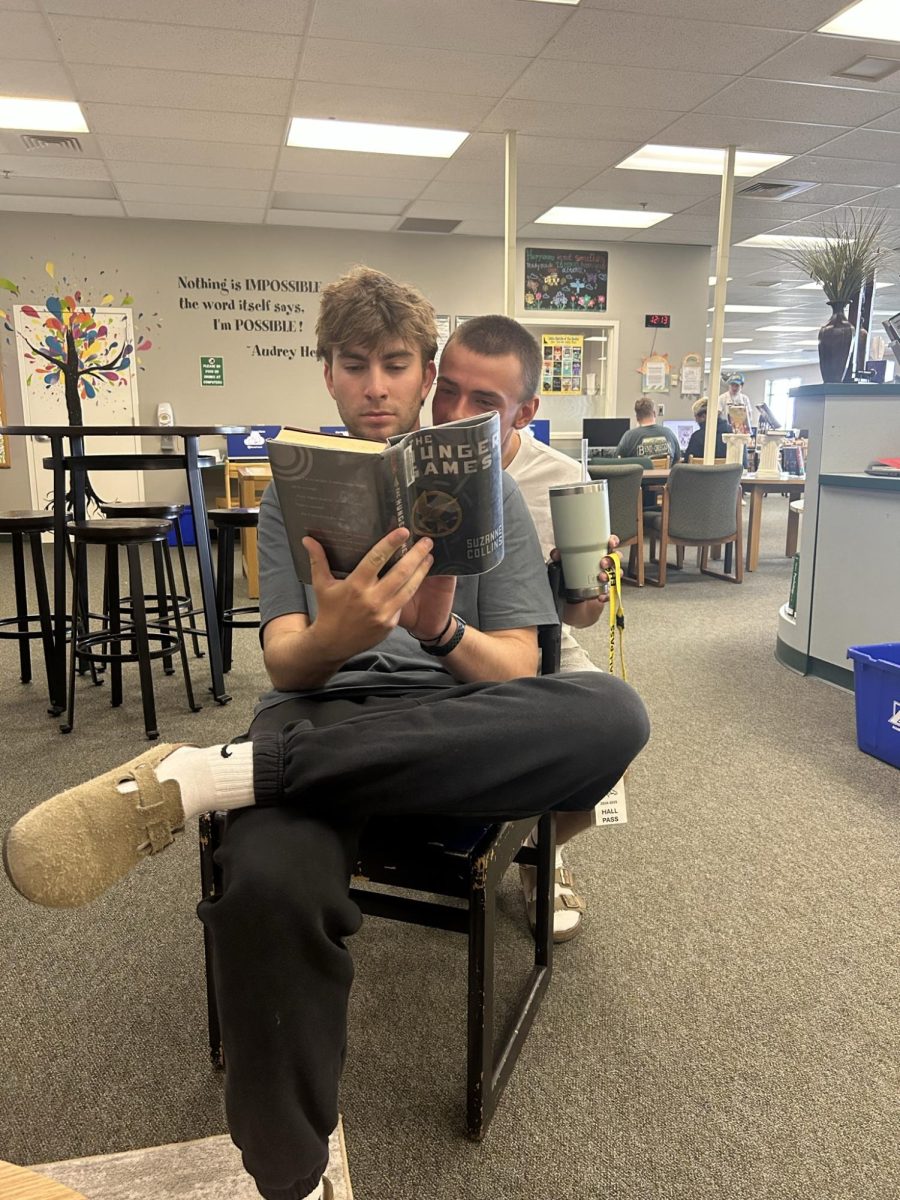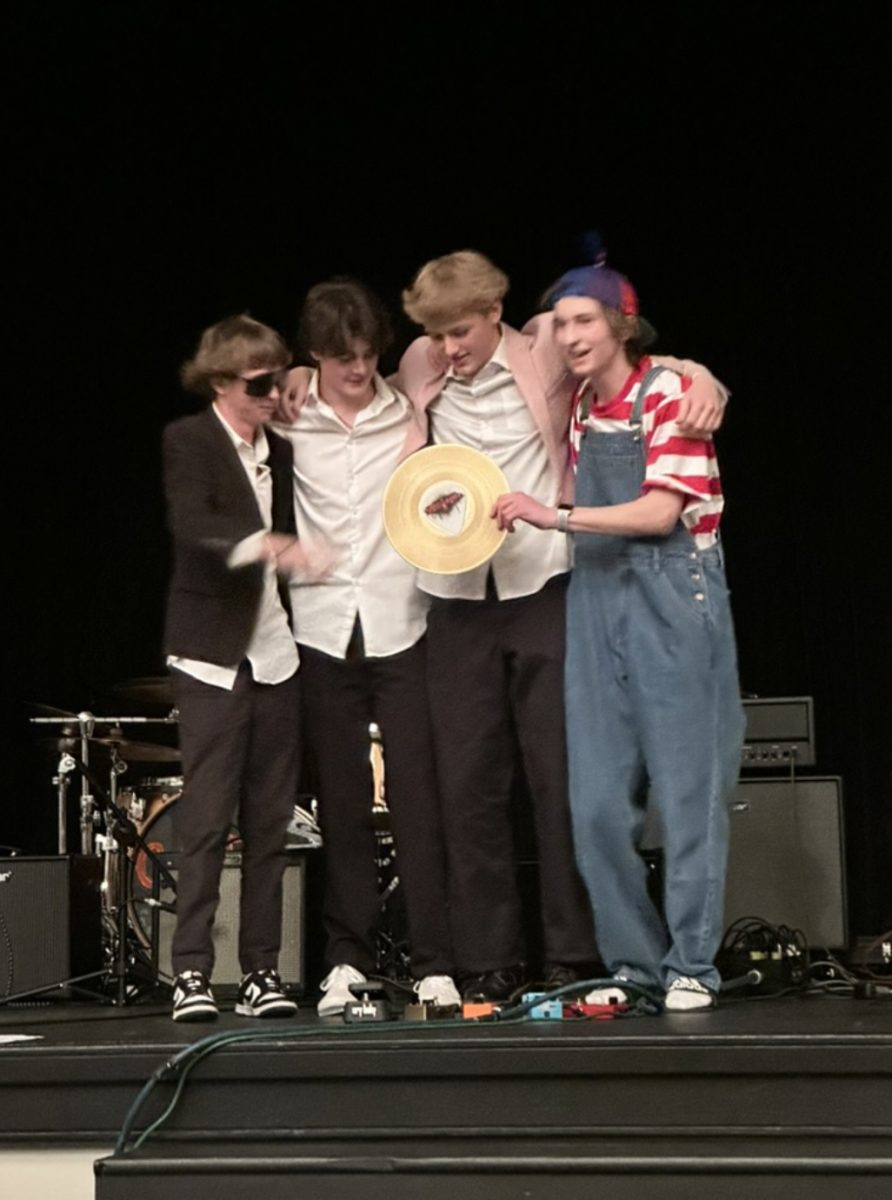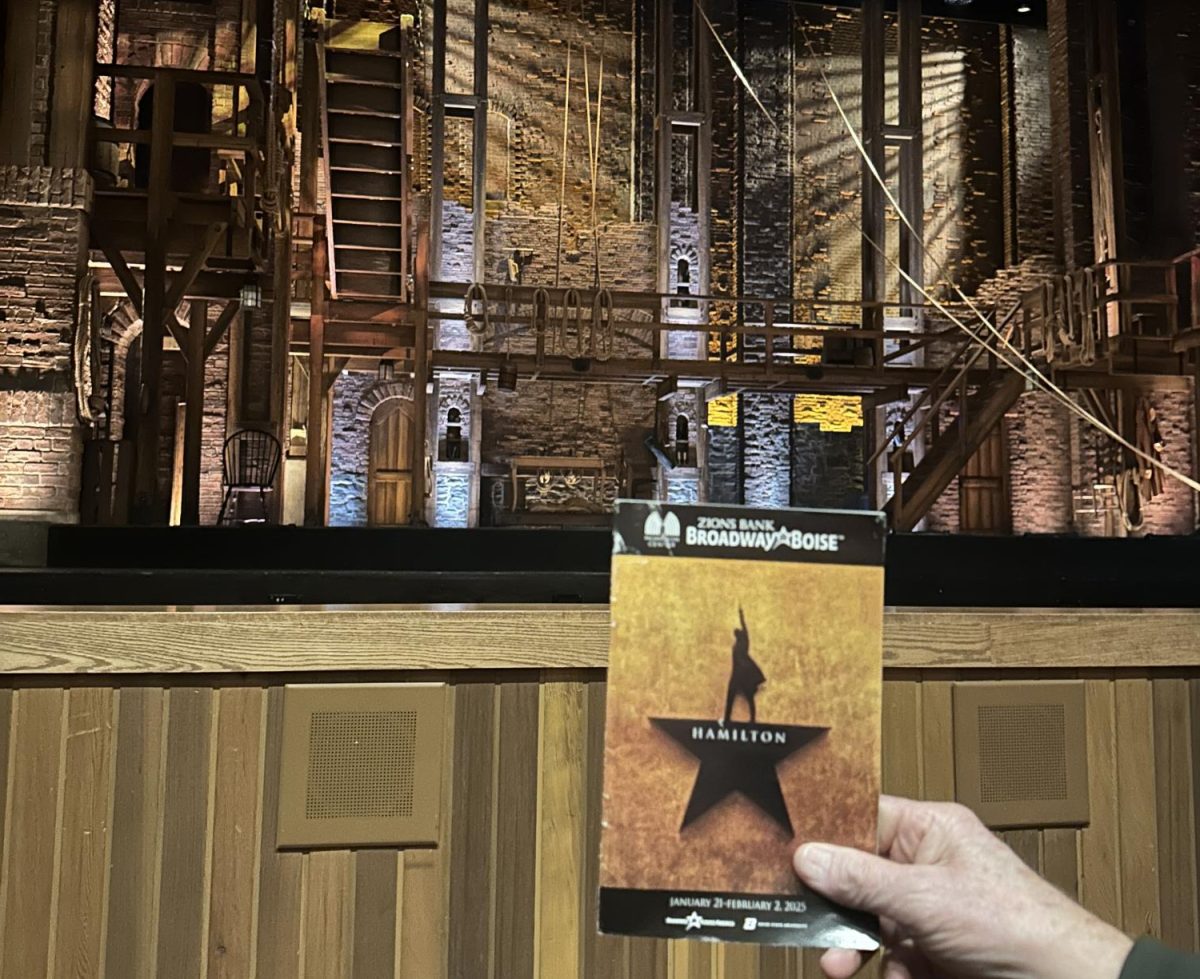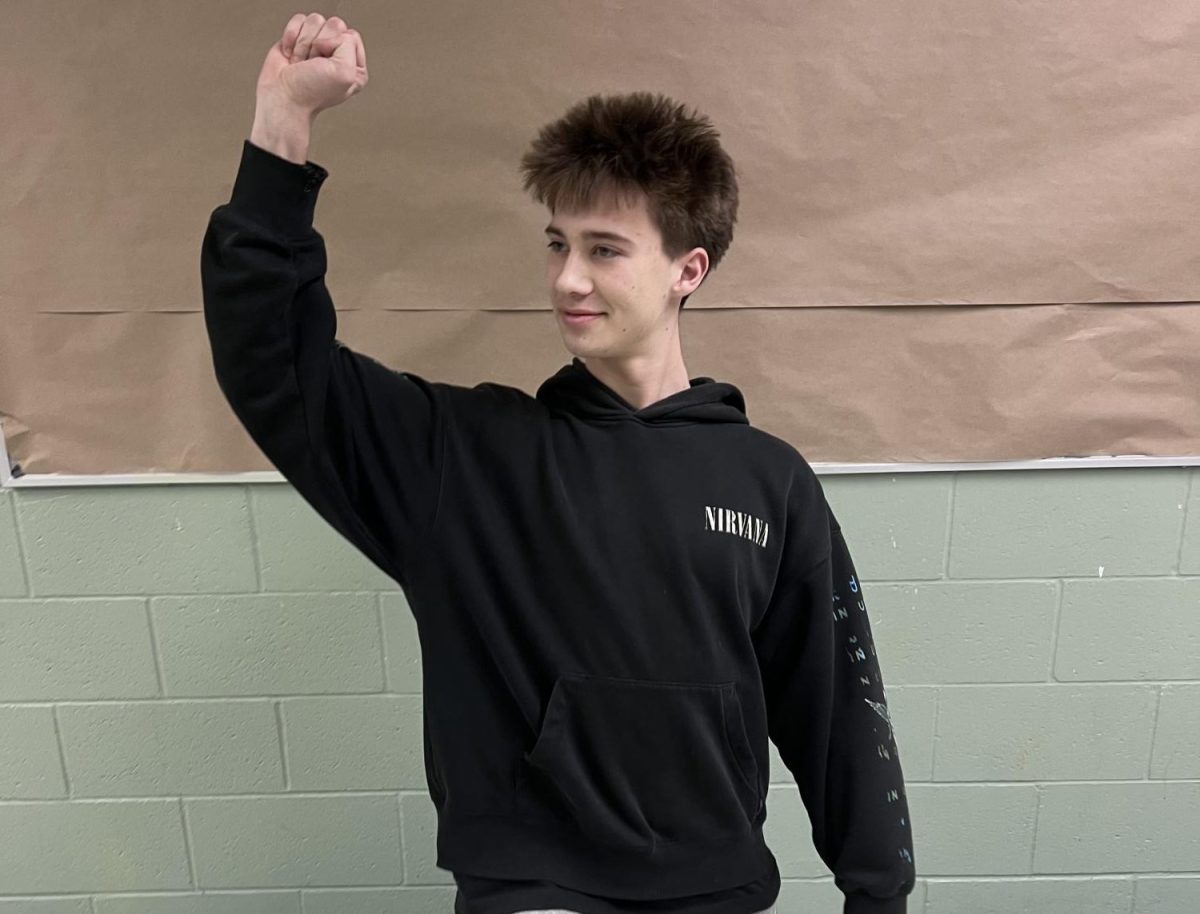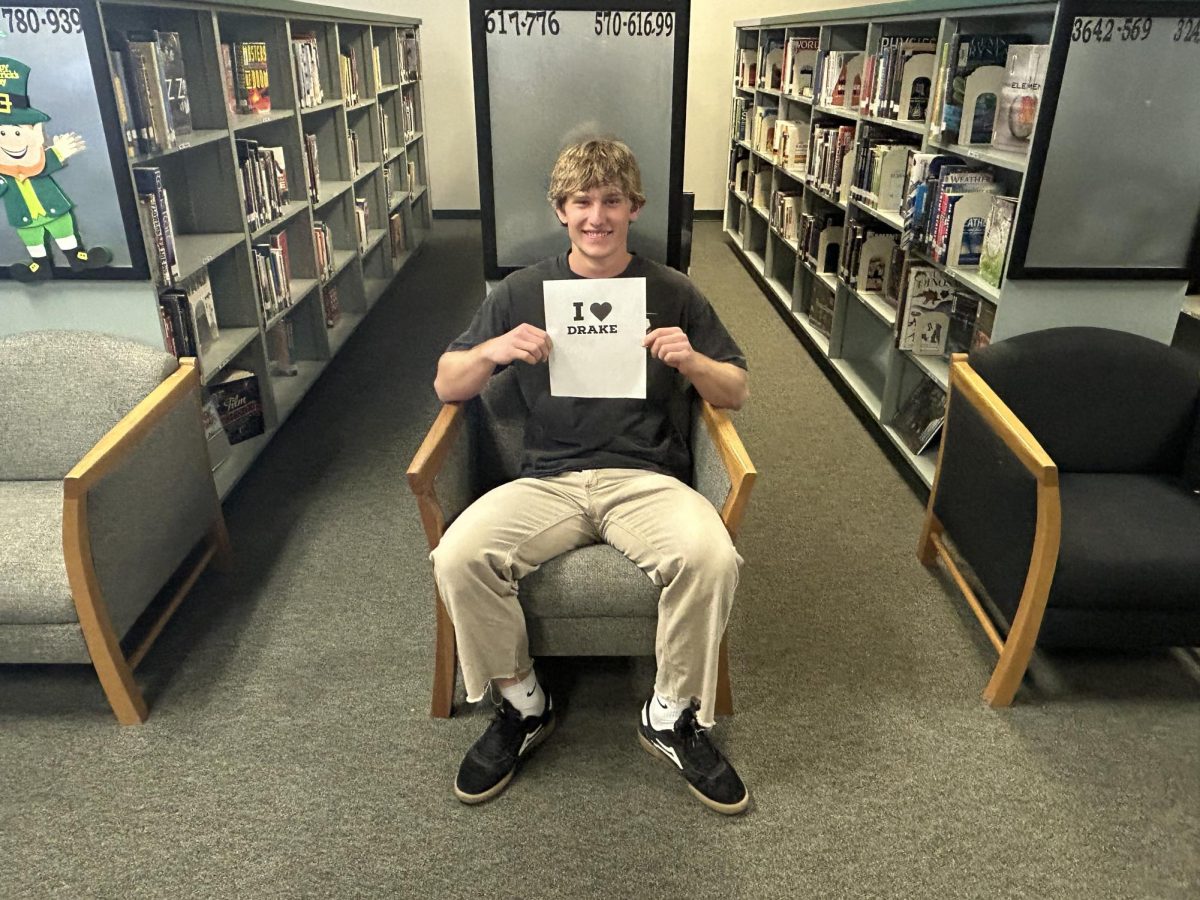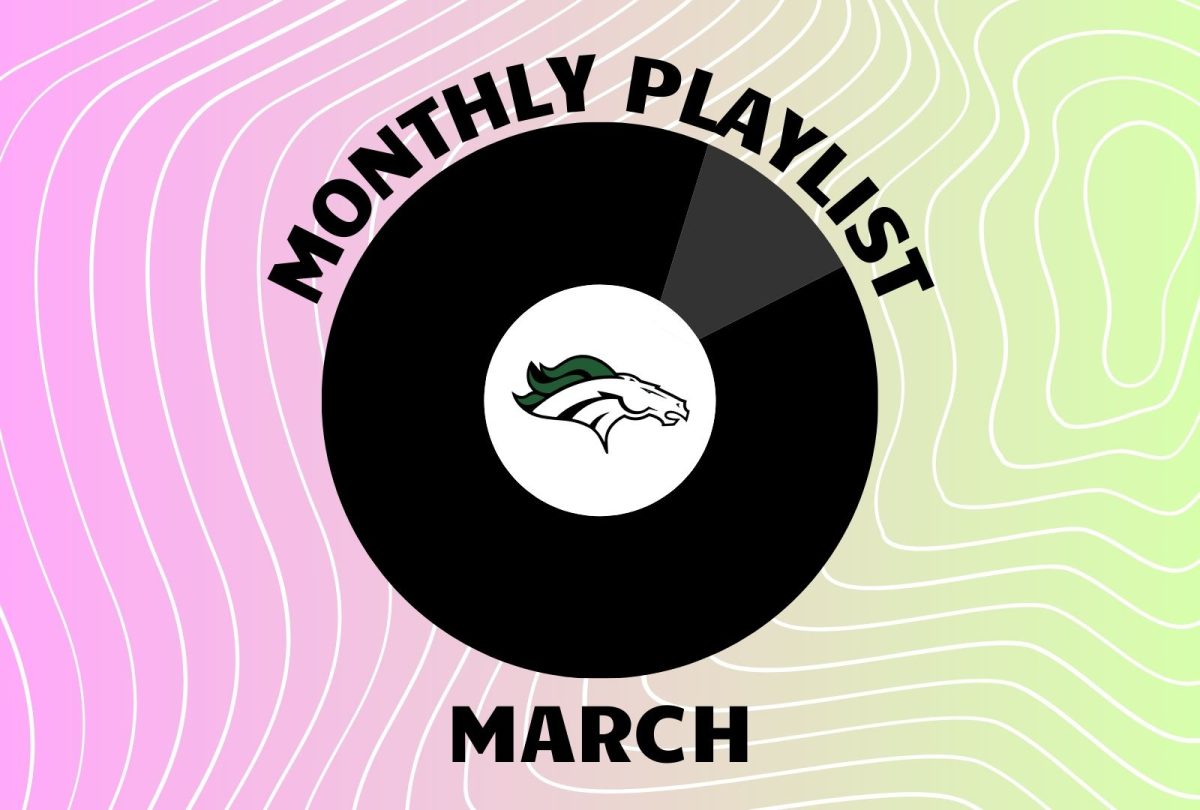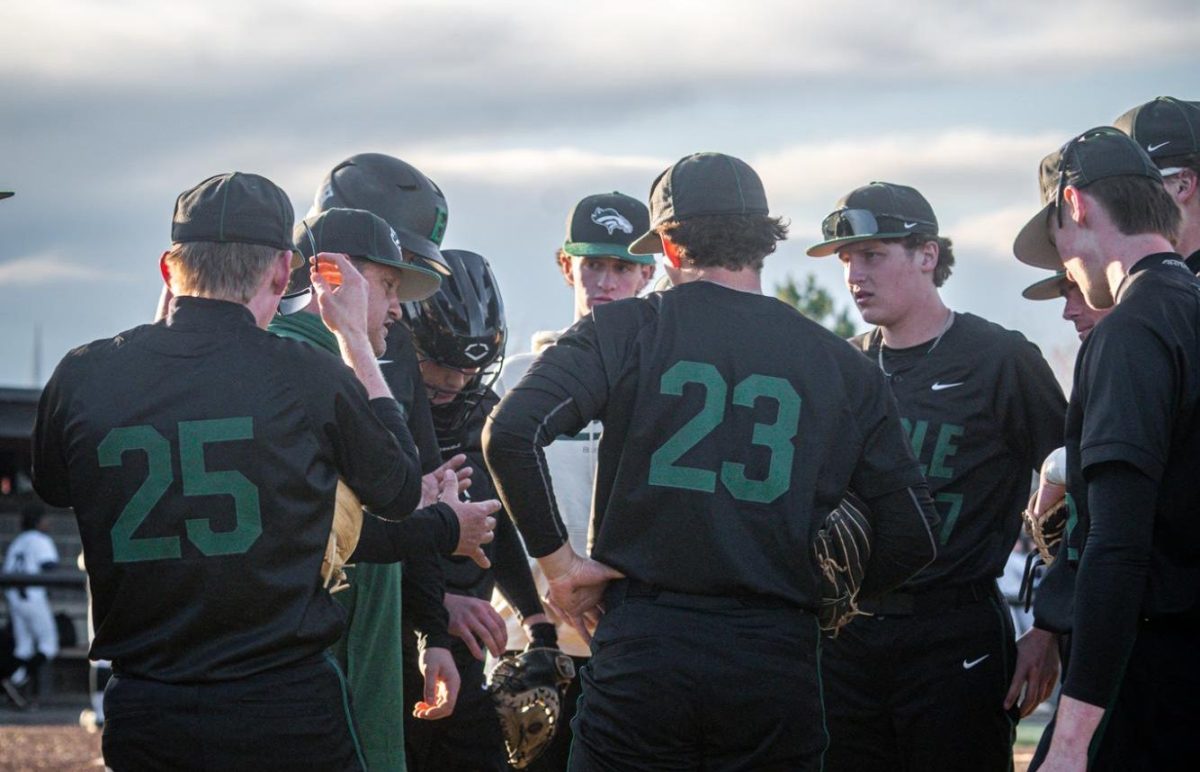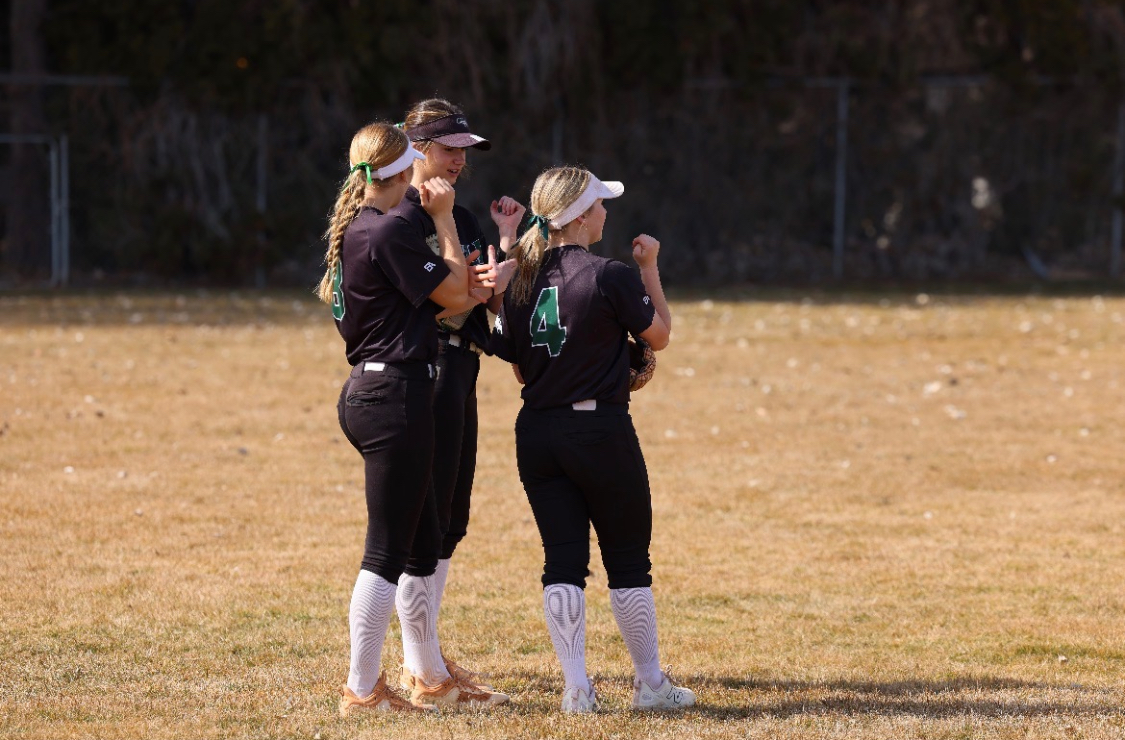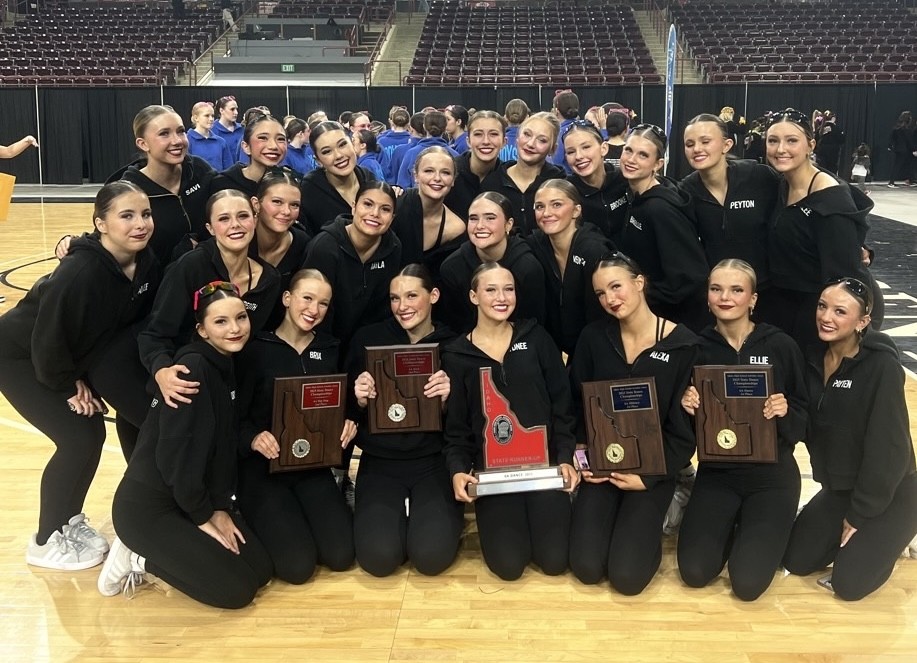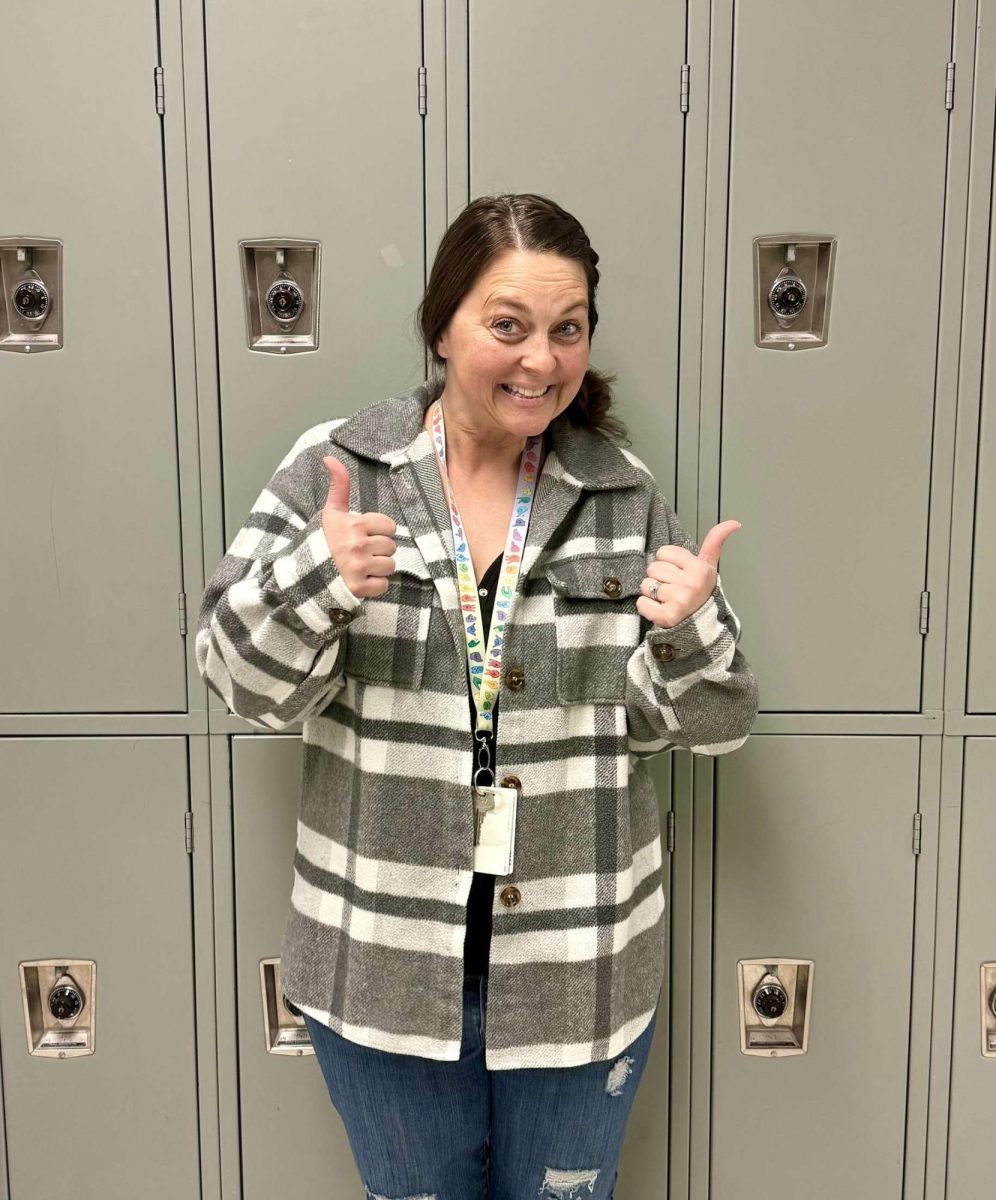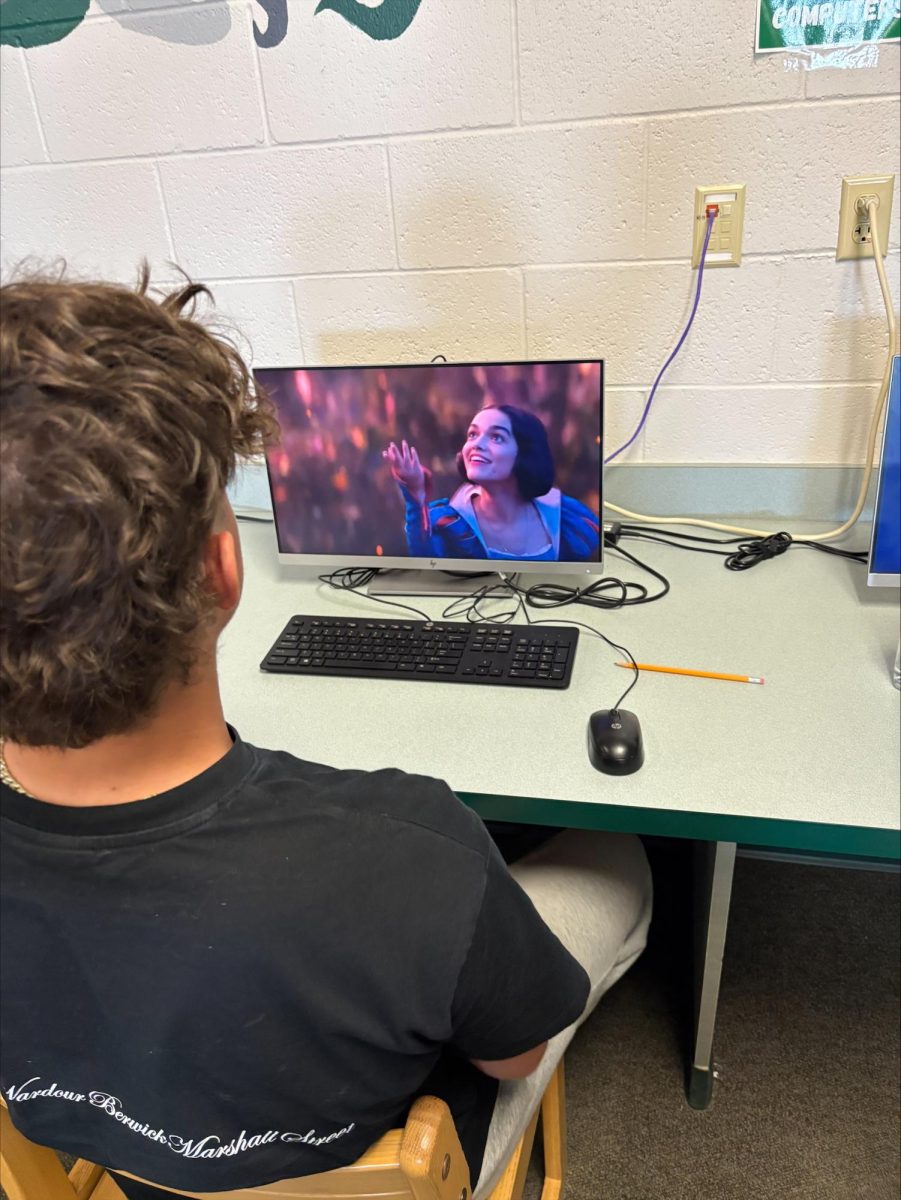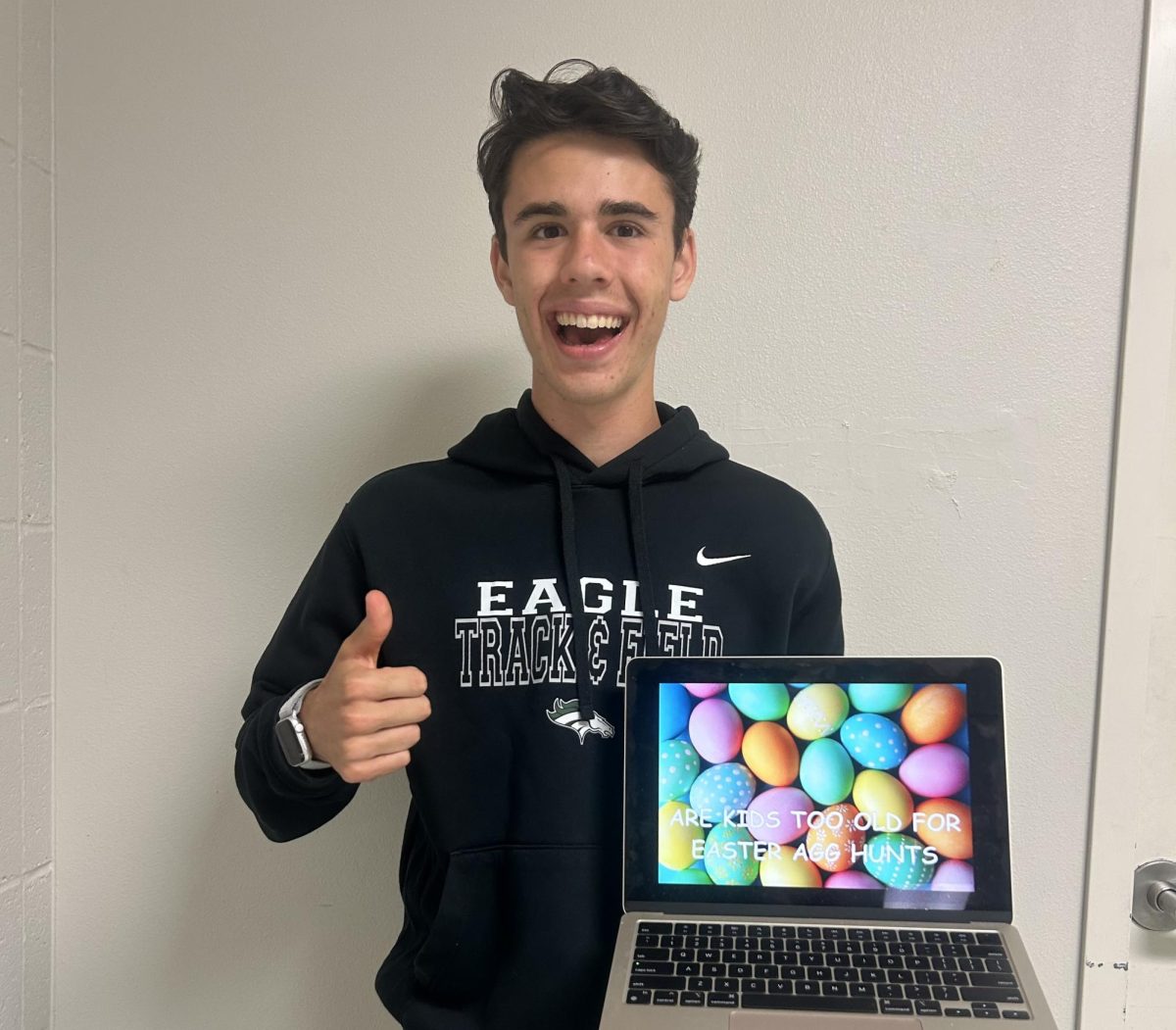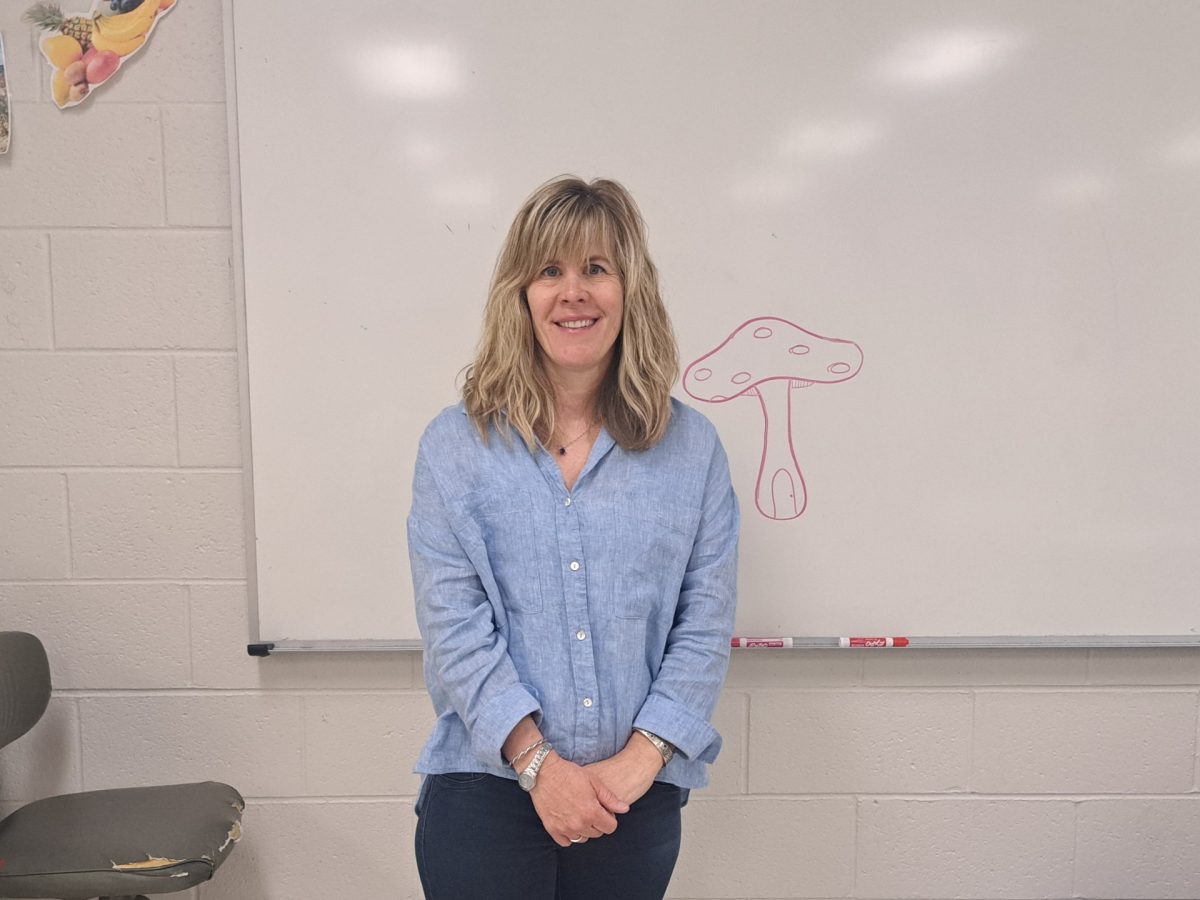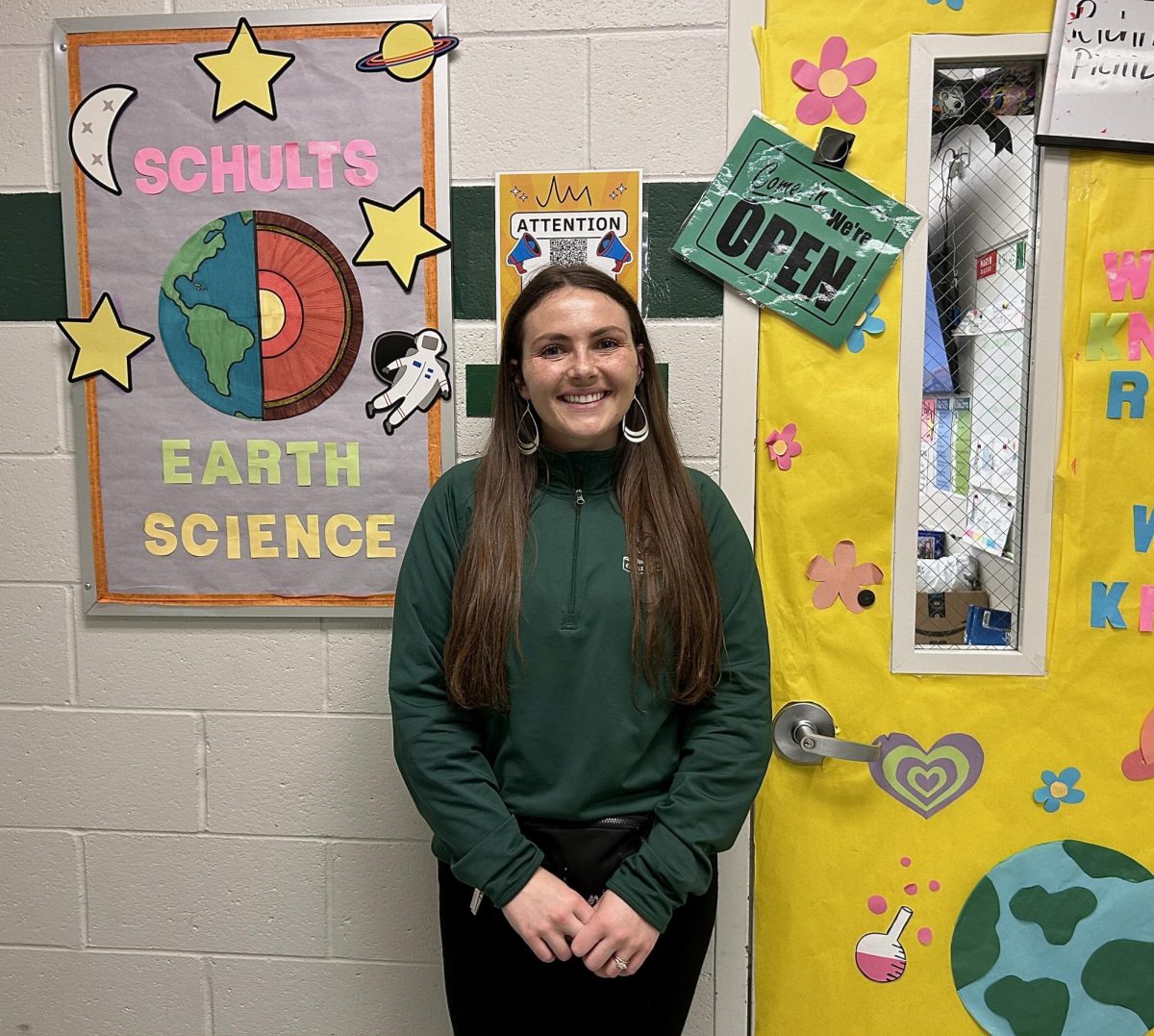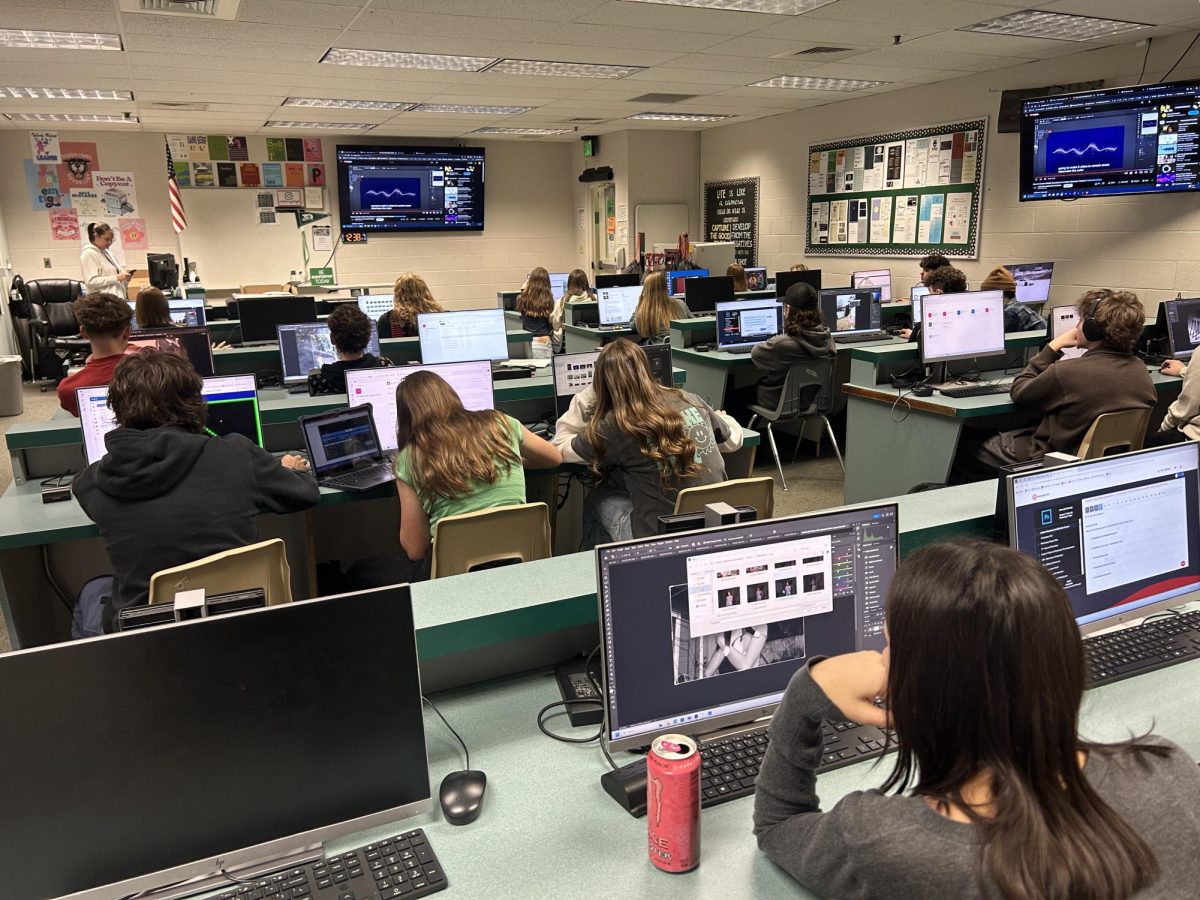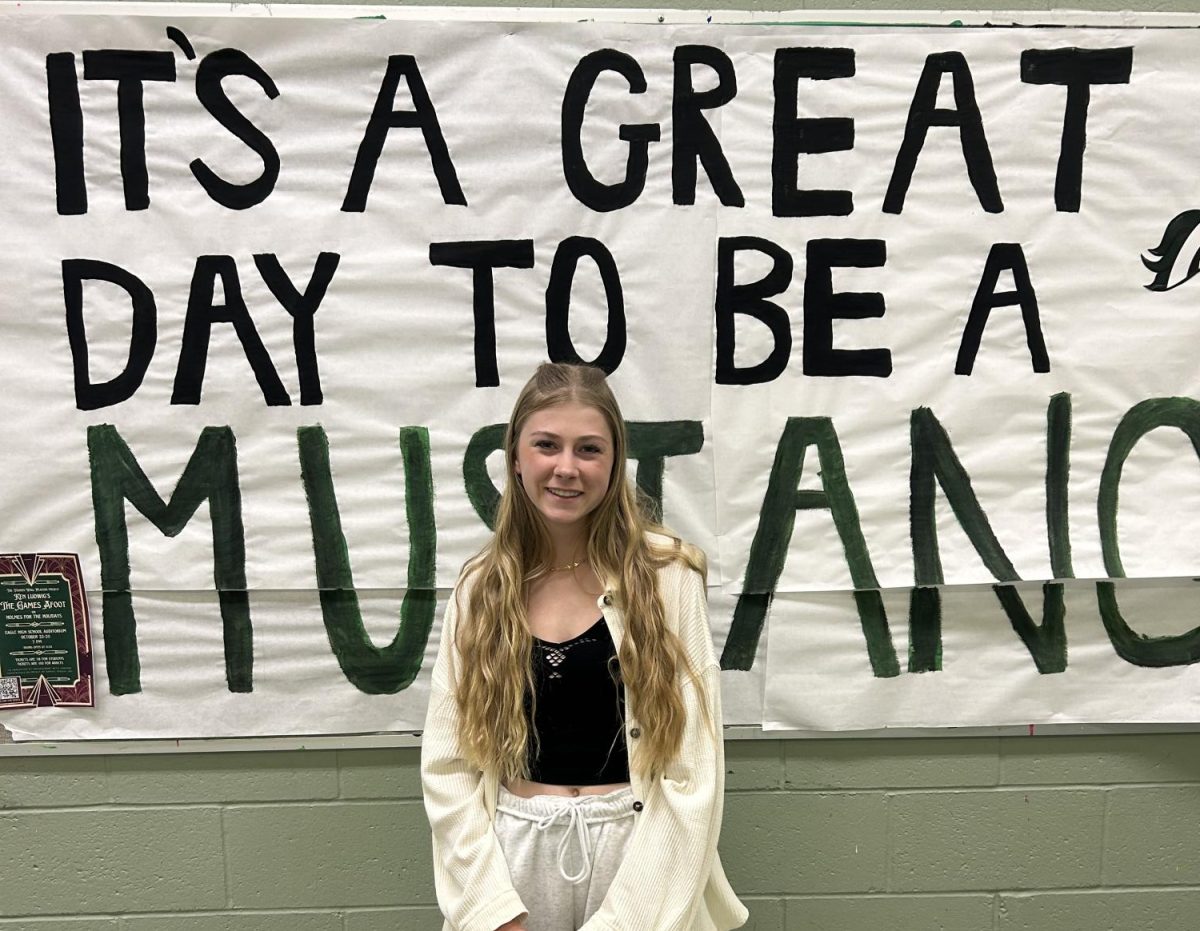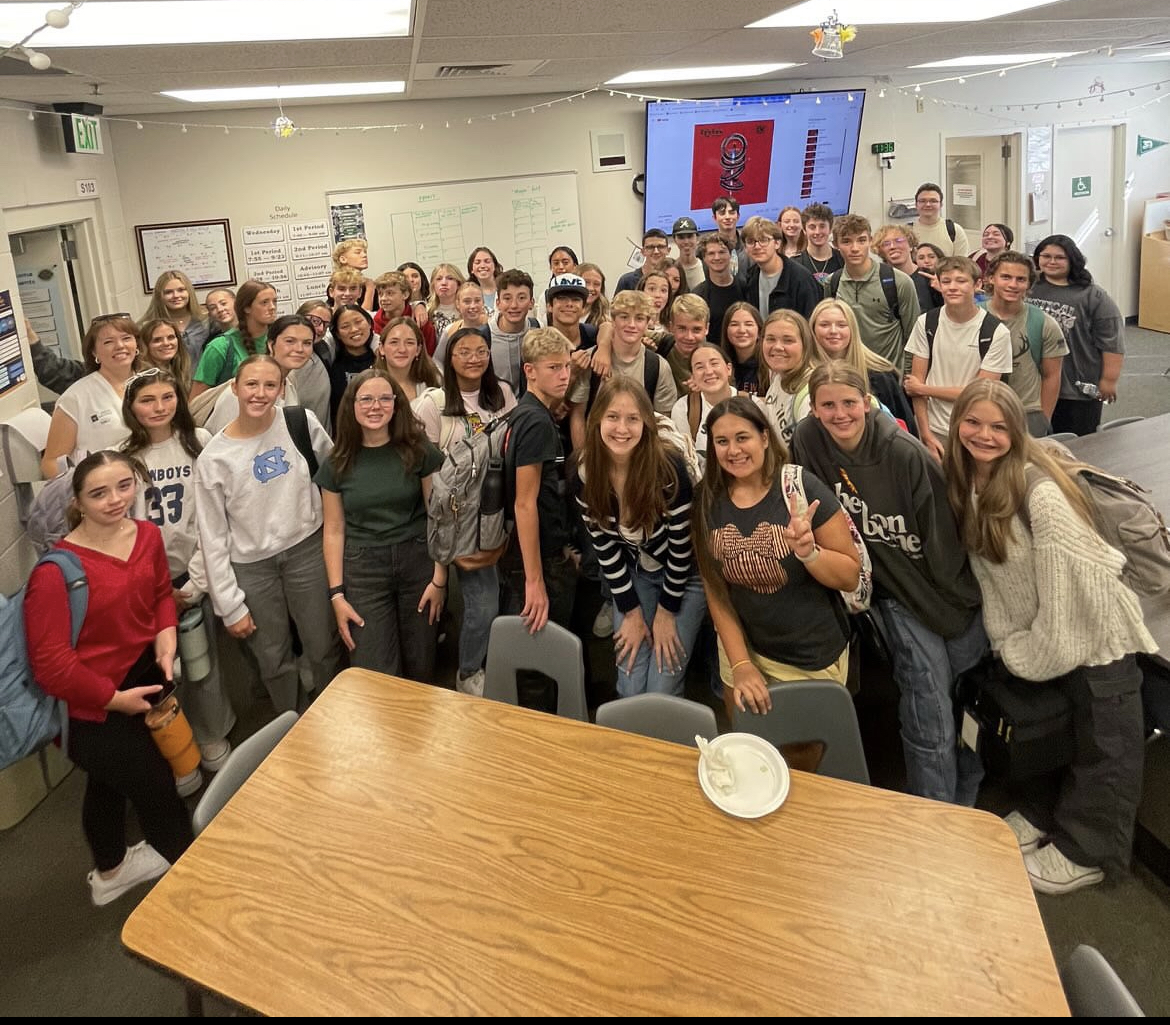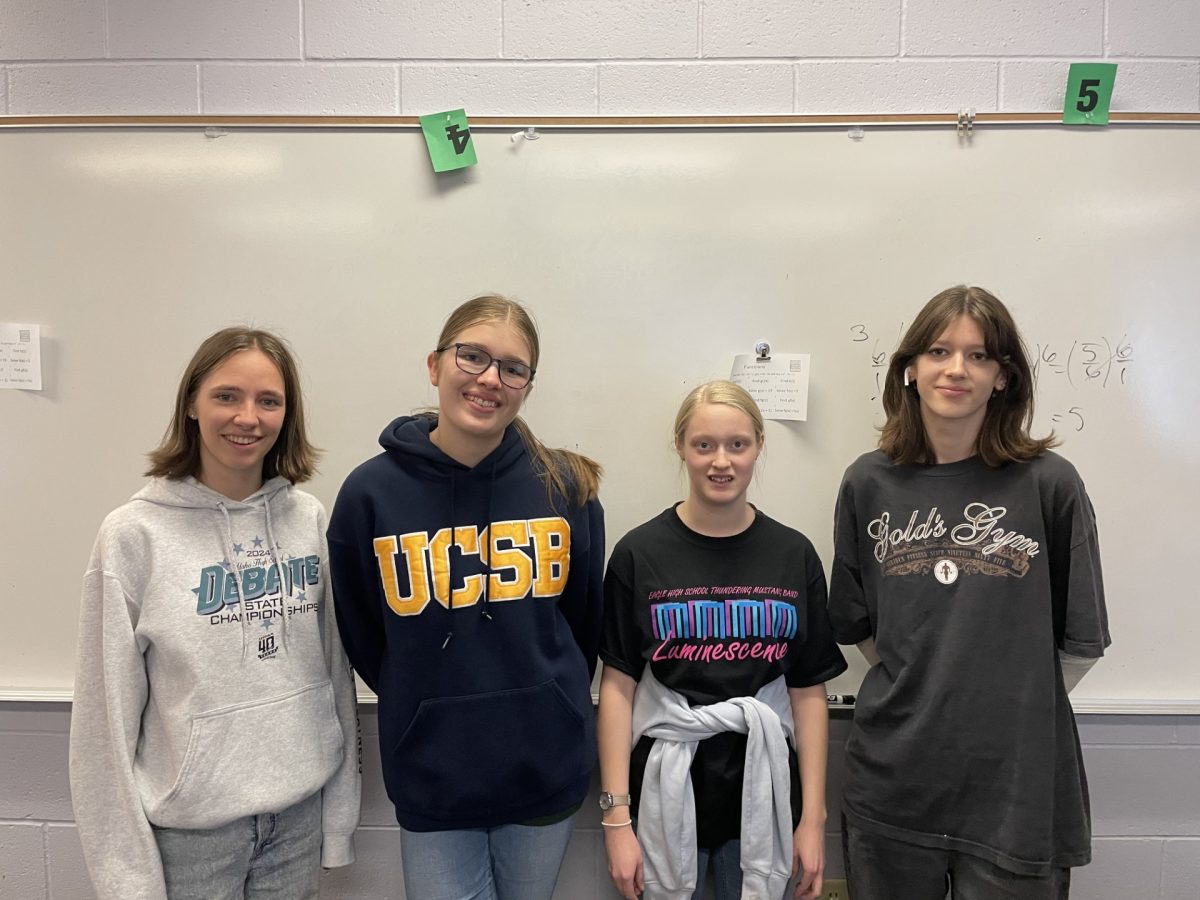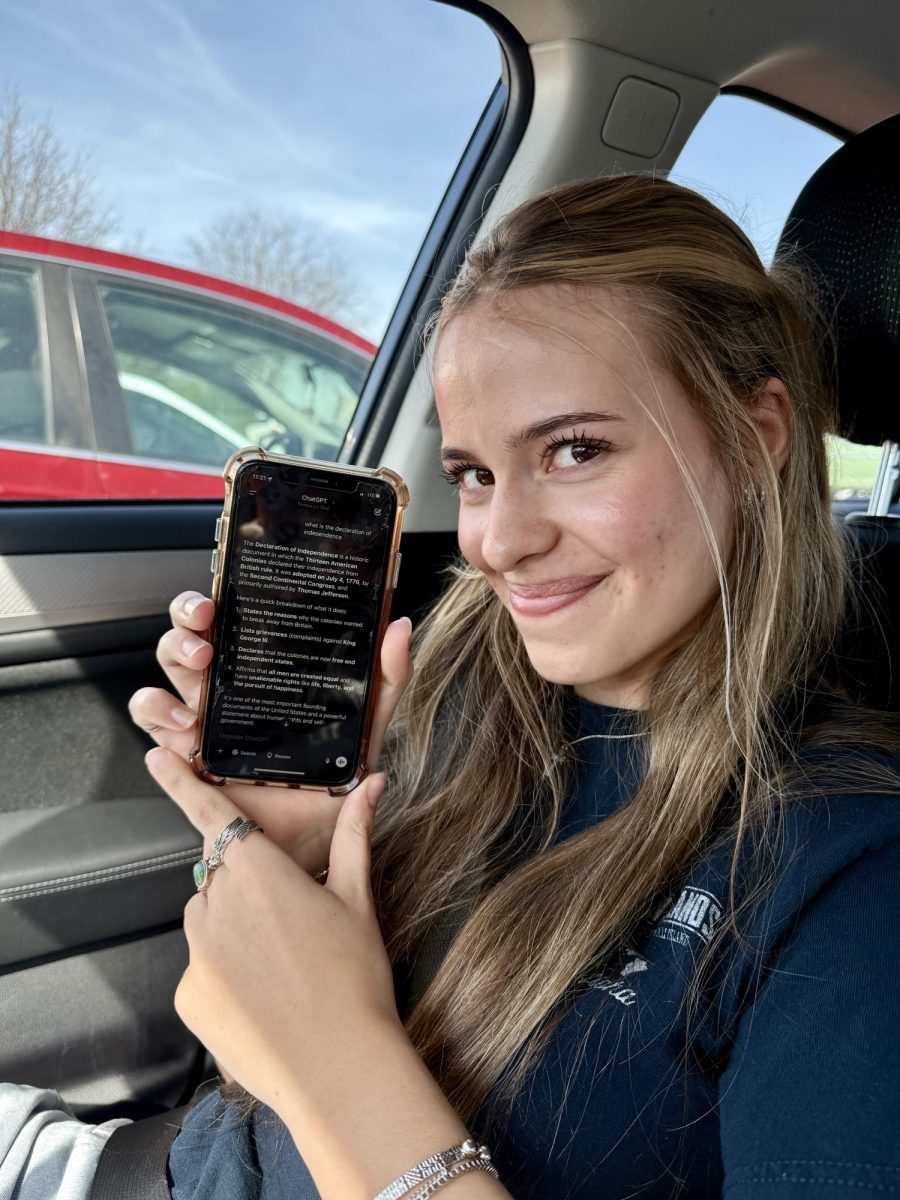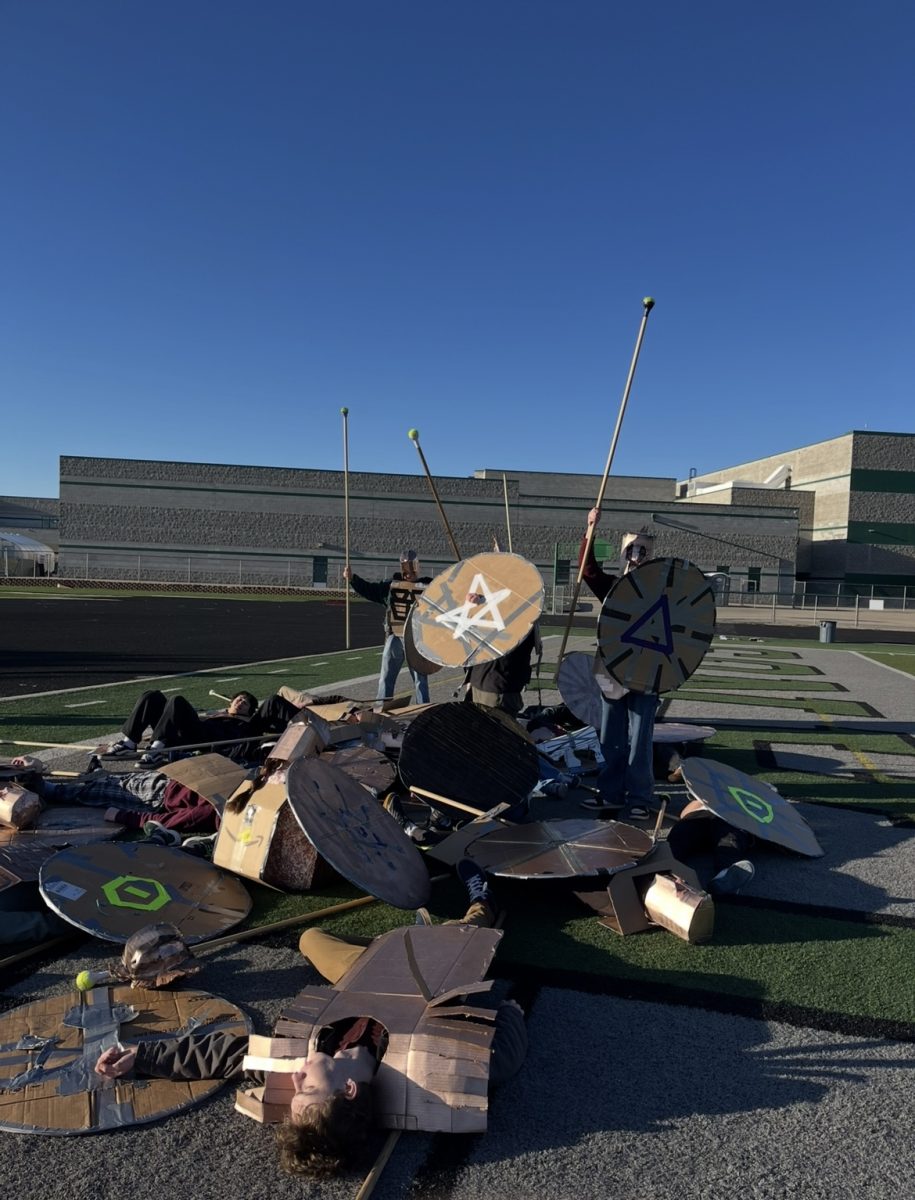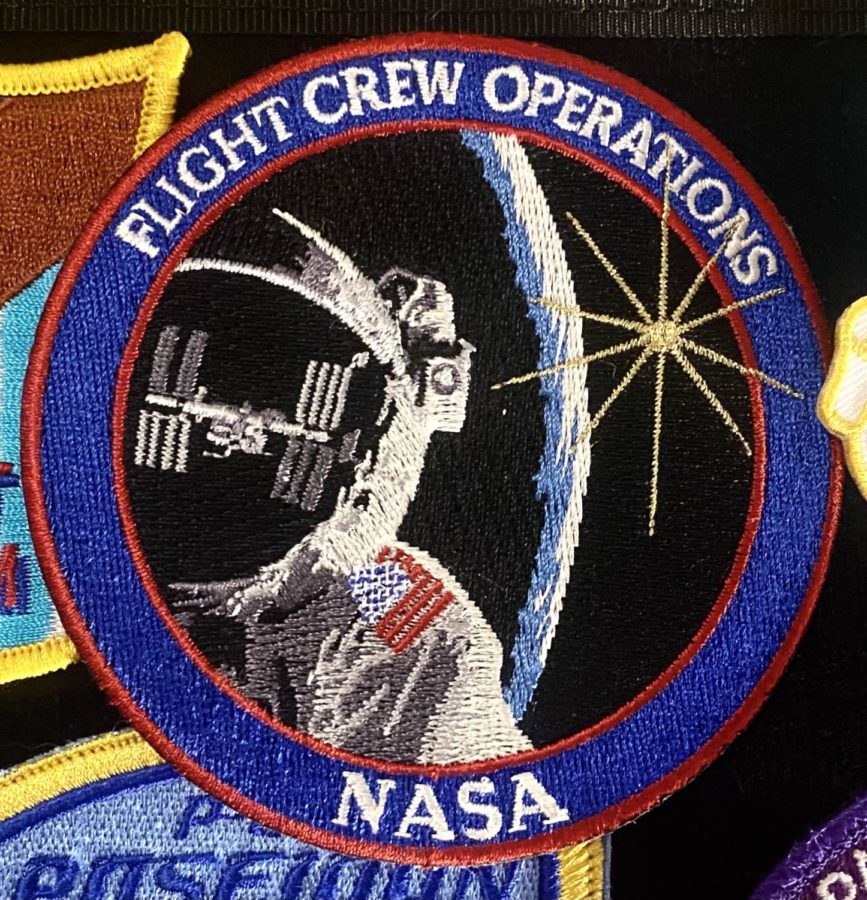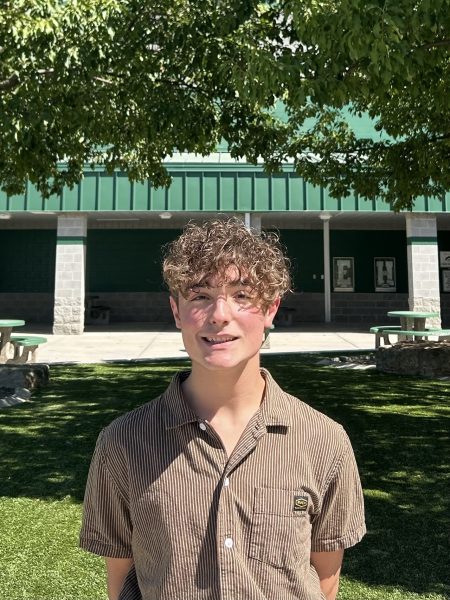Eagle High graduate makes history with NASA DART Mission
This historical project has a revolutionary astronomer behind it.
The NASA DART mission was conducted in September of last year.
Apr 10, 2023
In November of 2021, the world saw the beginning of a historic first for interplanetary defense with the NASA DART Mission. Almost a full year later, in September of 2022, the DART Satellite successfully completed its mission in making contact with an asteroid.
According to nasa.gov, “DART was the first-ever mission dedicated to investigating and demonstrating one method of asteroid deflection by changing an asteroid’s motion in space through kinetic impact.”
This mission required precise calculations that were crucial for the DART Satellite to successfully hit two moving asteroids. One of the members in charge of this was astronomer and Eagle High Alumnus Harrison Agrusa.
“Since the two asteroids (Didymos and Dimorphos) are very close together and have irregular shapes, their orbital motion is somewhat complicated. So, we typically use computer simulations to model the pre- and post-impact state of the system. And by that, I mean what happen’s to Dimorphos’s orbit around Didymos after the DART impact,” Agrusa said. “We want to work out, as precisely as possible, exactly how much the orbit shrinks, how eccentric it becomes, and how this can influence the rotation of Dimorphos.”
After graduating in 2013, Agrusa attended UC Berkeley where he double majored in Physics and Astrophysics. He took part in a summer internship at Lawrence Livermore National Lab, working on asteroid deflection. After graduating in 2017, he went to the University of Maryland for a PhD in Astronomy, during in which he joined the DART team.
“I always worked really hard, but my career has involved a lot of luck,” Agrusa said. “The summer internship where I first heard about DART was the only internship offer I had that summer. And the University of Maryland was the only PhD program I was accepted to (luckily it was also my first choice). So, if things played out differently, I might be on a completely different career path.”
Whether or not luck played a major part in shaping Agrusa’s career, he has made the most of it and used his PhD and experience on revolutionary projects like the DART Mission. But like many freshly graduated high school students, Agrusa was unsure what career path he wanted to pursue.
“I was always interested in space, but I applied to college as a premed student and wanted to become a surgeon of some kind,” Agrusa said. “During the summer before college, I read a book called ‘Pale Blue Dot’ by Carl Sagan and it completely changed my career path. And the first day of college, I switched from biology to physics.”
Having the realization of what career path he wanted to pursue, Agrusa changed his major from biology to physics on his first day of college. After one simple book about astronomy, Agrusa’s life changed and in doing so, is continuing to change many others’ lives.
“I just started a postdoctoral researcher position at the Observatoire de la Côte d’Azur in Nice, France. I just moved here about a month ago, so it has been quite a whirlwind and a super fun experience. I’m continuing my work on DART (studying the aftermath of the impact),” Agrusa said. “Part of the reason I came to France is to work on the Hera mission… [which] will launch in two years and arrive at the Didymos system in late 2026 to study the results of the DART impact in greater detail.”
Having a multifaceted career like Agrusa’s comes with many advantages. His field requires a lot of social skills, working on life changing projects with many highly qualified people. Of course, his field also requires a lot of mental skills, using math on a daily basis to create projections of how the DART satellite will impact the asteroid, aaall skills that he grew at Eagle High.
“If you are on the fence about what you want to do for a career, studying any kind of science/engineering is a great option, since you are learning skills that are transferrable to many other fields,” Agrusa said. “What I really like about my job is that I have had to ‘learn how to learn’ so I feel like I can learn new skills whenever I need.”
Agrusa’s work on the DART Mission is just the beginning of an illustrious and revolutionary career; his name will no doubt reach the heights of those that inspired him. Eagle High is extremely lucky to call this equally inspirational man a graduate.



